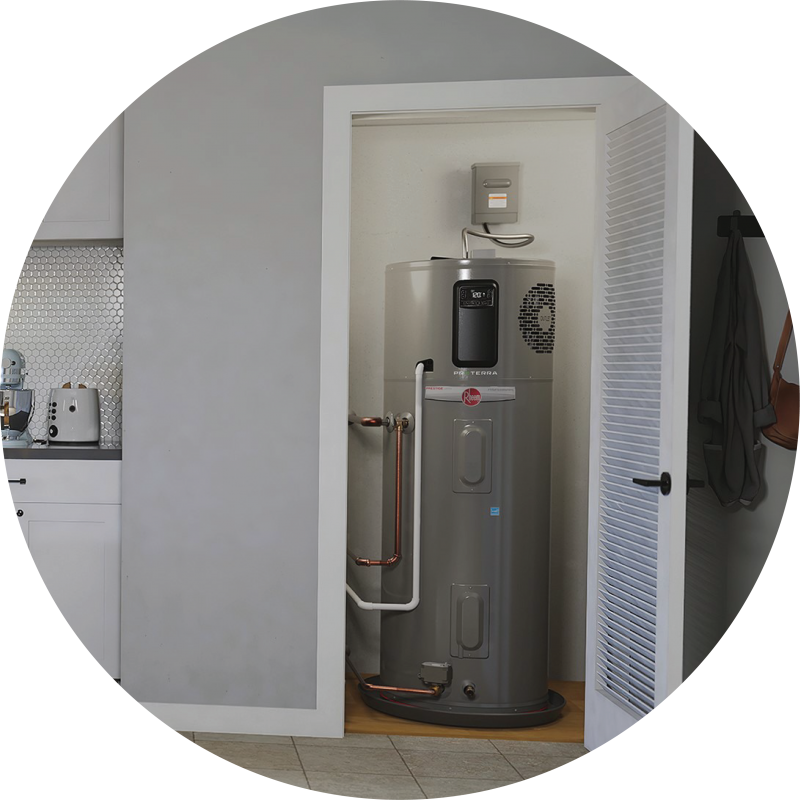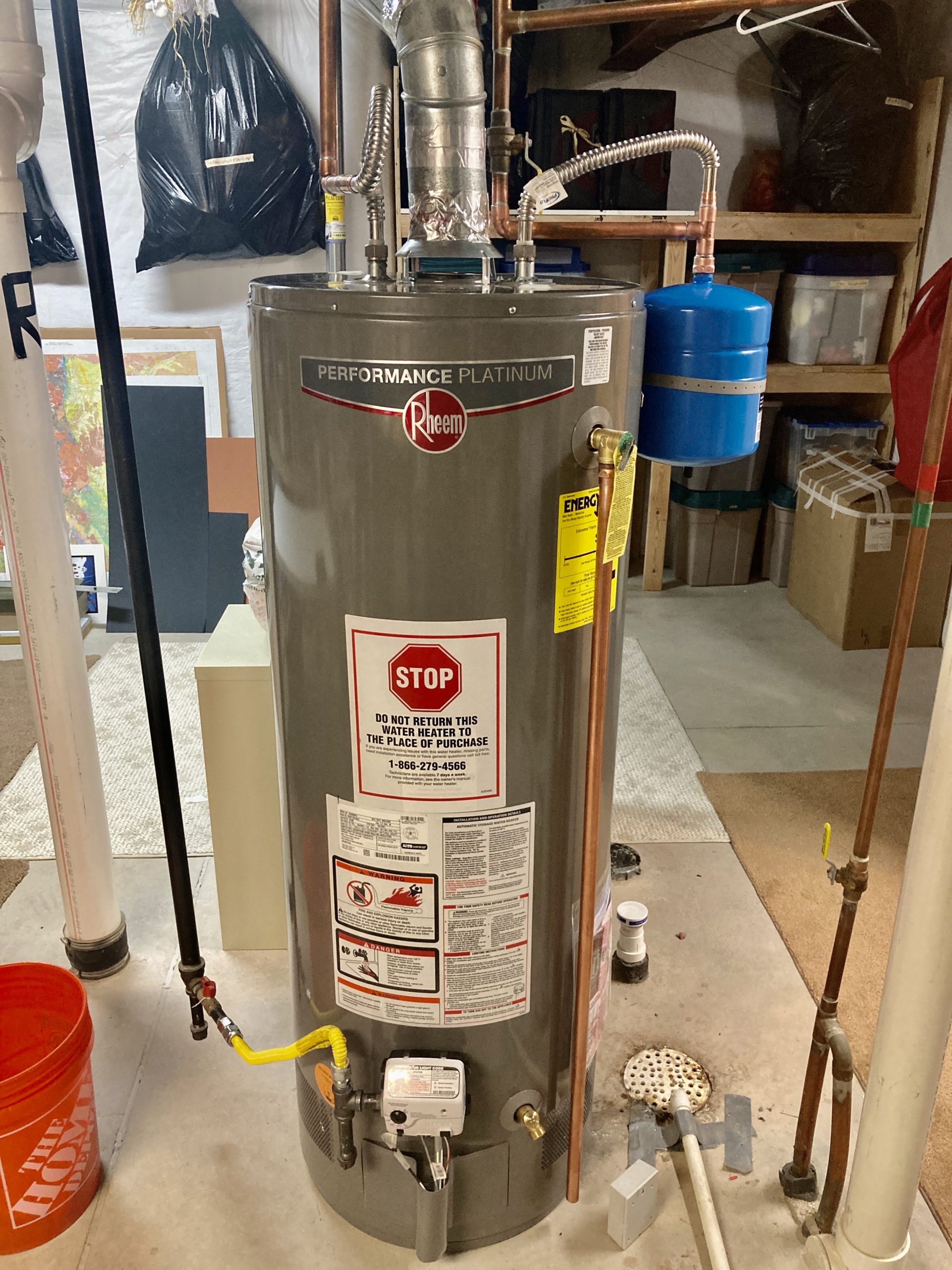Expert Advice on Maintaining Your Home's Hot Water SystemCaring for Your Home's Hot Water System: Key Guidelines
Expert Advice on Maintaining Your Home's Hot Water SystemCaring for Your Home's Hot Water System: Key Guidelines
Blog Article
This post down below in relation to What Kind of Maintenance Do Water Heaters Need? is fairly attention-grabbing. Read it for yourself and see what you think of it.

Hot water is vital for everyday comfort, whether it's for a rejuvenating shower or cleaning recipes. To guarantee your warm water system runs efficiently and lasts longer, routine maintenance is essential. This post gives useful pointers and insights on exactly how to keep your home's hot water system to prevent disturbances and expensive repair services.
Intro
Maintaining your home's warm water system might seem overwhelming, but with a few straightforward steps, you can ensure it runs efficiently for several years to find. This guide covers everything from comprehending your hot water system to DIY upkeep ideas and knowing when to call in professional assistance.
Significance of Preserving Your Warm Water System
Normal upkeep not just extends the lifespan of your hot water system however likewise guarantees it runs successfully. Disregarding upkeep can cause lowered performance, greater power costs, and even premature failure of the system.
Indications Your Warm Water System Requirements Maintenance
Understanding when your warm water system requires attention can avoid significant concerns. Keep an eye out for signs such as irregular water temperature level, weird noises from the heating system, or rusty water.
Understanding Your Hot Water System
Prior to diving into maintenance jobs, it's useful to understand the fundamental parts of your hot water system. Usually, this includes the hot water heater itself, pipes, anode rods, and temperature controls.
Month-to-month Upkeep Tasks
Normal monthly checks can assist capture small issues prior to they rise.
Flushing the Water Heater
Purging your hot water heater removes debris buildup, boosting performance and prolonging its life.
Monitoring and Changing Anode Rods
Anode rods stop corrosion inside the storage tank. Evaluating and replacing them when broken is crucial.
Checking and Adjusting Temperature Settings
Changing the temperature level settings guarantees optimal efficiency and safety.
Do It Yourself Tips for Maintenance
You can do numerous upkeep tasks on your own to keep your warm water system in top problem.
Checking for Leakages
Routinely examine pipelines and connections for leakages, as these can lead to water damage and higher expenses.
Testing Stress Relief Valves
Checking the stress relief valve ensures it works correctly and avoids too much pressure buildup.
Shielding Pipelines
Insulating hot water pipelines reduces warm loss and can conserve energy.
When to Call an Expert
While do it yourself maintenance is useful, some problems call for specialist proficiency.
Complex Issues Needing Specialist Aid
Examples include major leaks, electric troubles, or if your hot water heater is continually underperforming.
Routine Expert Upkeep Conveniences
Professional maintenance can consist of complete examinations, tune-ups, and making certain conformity with safety and security standards.
Conclusion
Normal upkeep of your home's warm water system is essential for effectiveness, longevity, and cost savings. By complying with these ideas and recognizing when to look for professional aid, you can guarantee a reliable supply of hot water without unforeseen disruptions.
How to Maintain an Instant Hot Water Heater
Before tinkering with your hot water heater, make sure that it’s not powered on. You also have to turn off the main circuit breaker and shut off the main gas line to prevent accidents. Also turn off the water valves connected to your unit to prevent water from flowing into and out of the appliance. 2. When you’re done, you have to detach the purge valves’ caps. These look like the letter “T” and are situated on either side of the water valves. Doing so will release any pressure that has accumulated inside the valves while at the same time avoid hot water from shooting out and burning your skin. 3. When the purge valves’ caps are removed, you have to connect your hosing lines to the valves. Your unit should have come with three hoses but if it didn’t, you can purchase these things from any hardware or home repair shops. You can also get them from retail stores that sell water heating systems. Read the user’s manual and follow it to complete this task properly. When the hosing lines are connected, open the purge port’s valves. 4. You should never use harsh chemical cleaners or solutions when cleaning your unit. Make use of white vinegar instead. It should be undiluted and you’ll probably use about 2 gallons. 5. Now flush your water heater. This task should probably take about 40 minutes. We can’t give you specific directions for this because the procedure is carried out depending on the type, model and brand of your heater. With that being said, refer to the user’s manual. 6. When you’re done draining the unit, you have to turn off the purge port valves again. Remove the hosing lines that you earlier installed on each of the water valves. Put the valve caps (purge port) back in their respective places and be very careful so as not to damage the rubber discs that are found inside these caps. 7. Now that everything’s back in place, check your user’s manual again to find out how to reactivate your water heating system. 8. Once it is working, turn one of your hot water faucets on just to let air pass through the heater’s water supply pipes. Leave the tap on until water flows smoothly out of it. https://www.orrplumbing.com/blog/2014/september/how-to-maintain-an-instant-hot-water-heater/

I'm just very inquisitive about What Kind of Maintenance Do Water Heaters Need? and I am hoping you appreciated the piece. So long as you appreciated our blog entry if you please remember to pass it around. We appreciate your readership.
Estimate Free Report this page